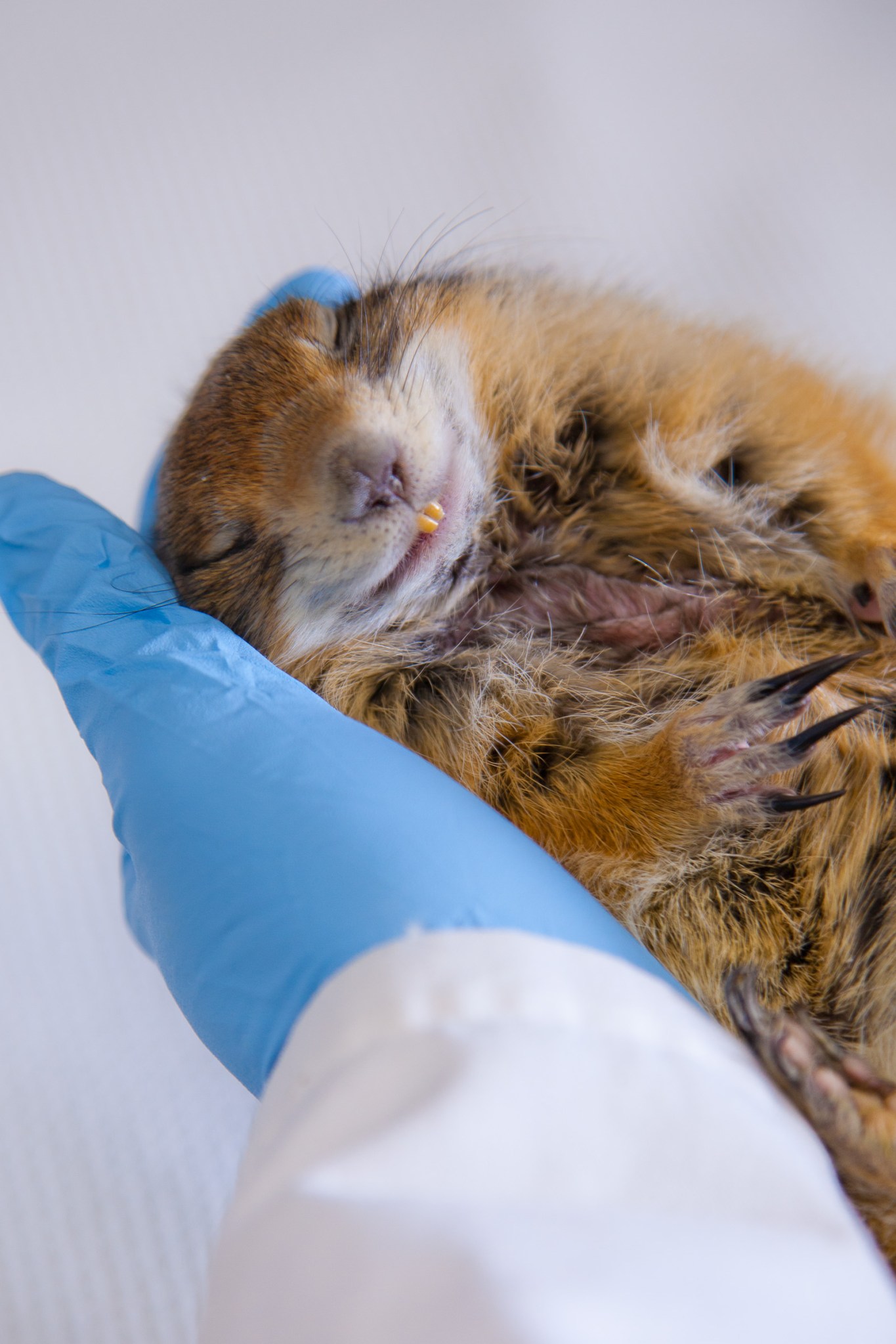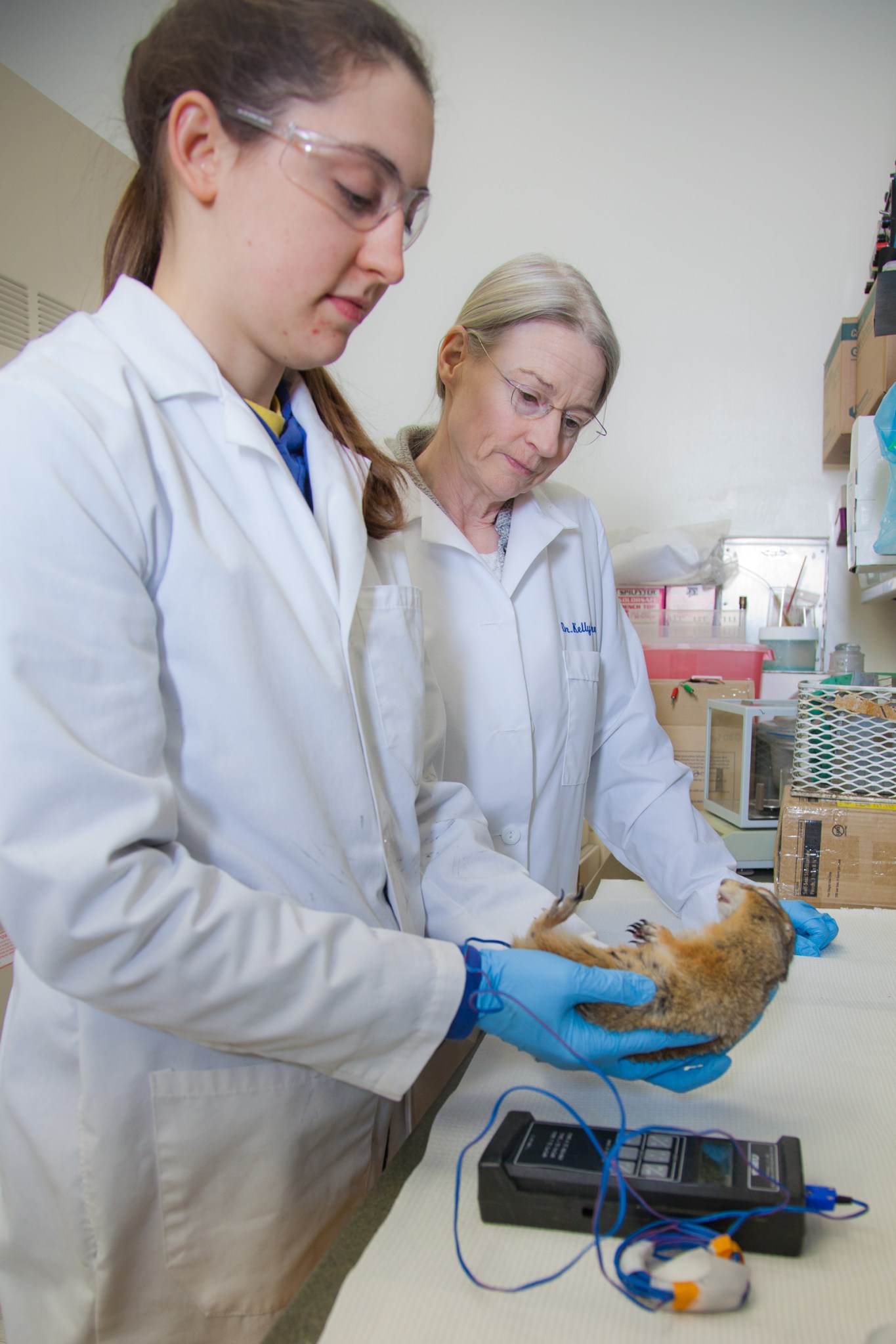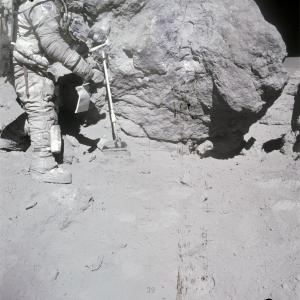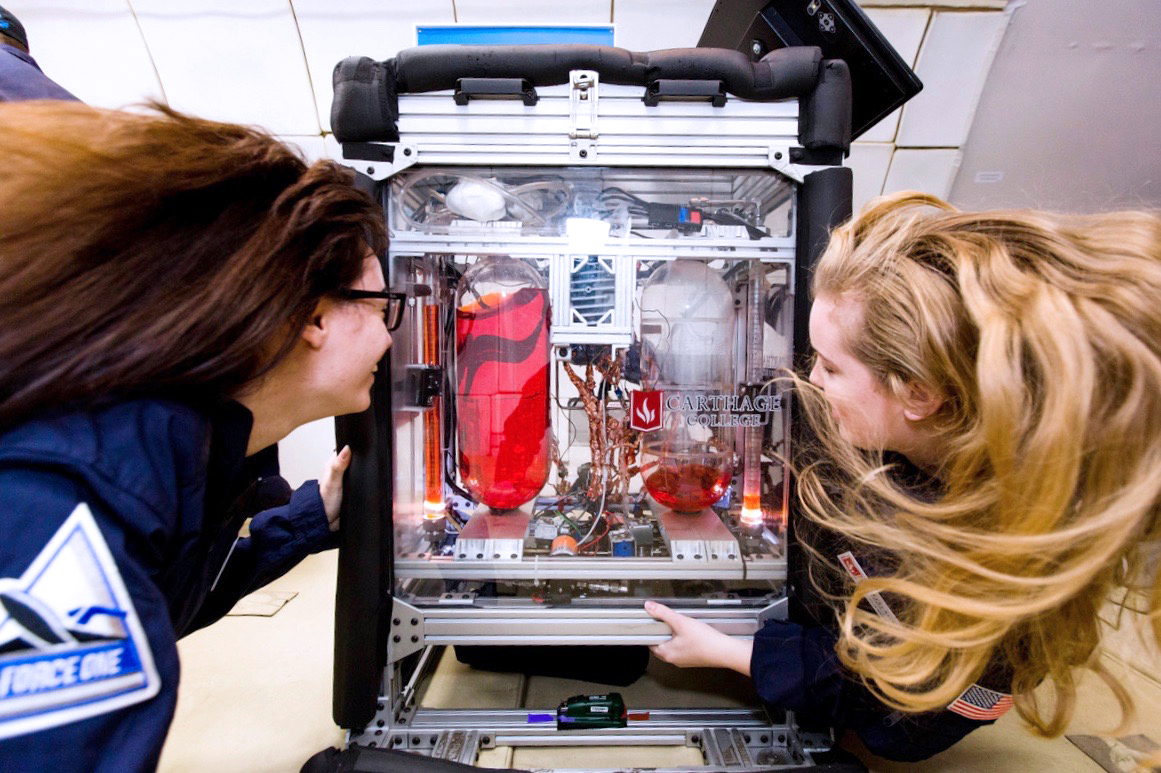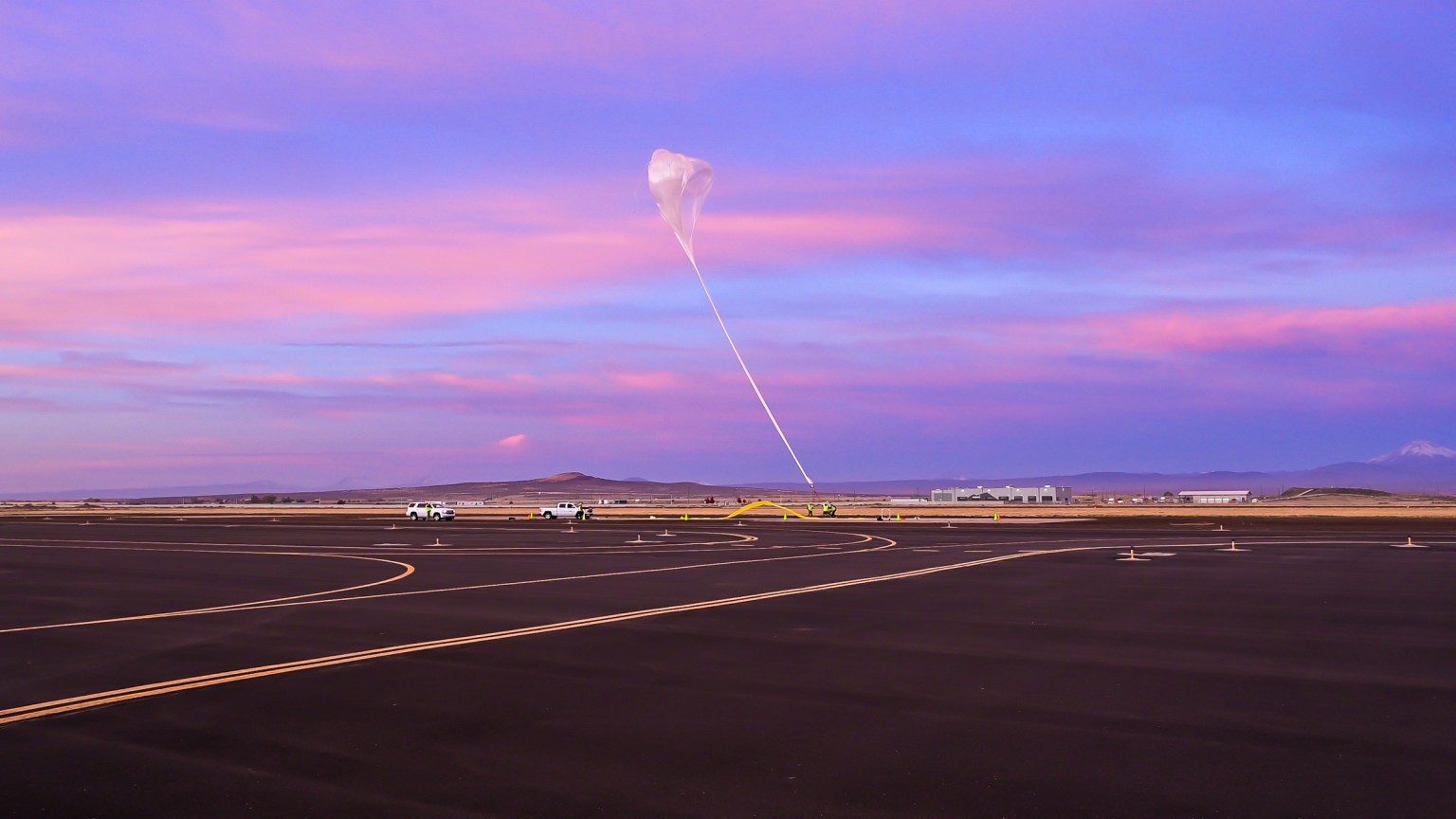Can studying sleeping Arctic ground squirrels help astronauts and further NASA’s mission? Dr. Kelly Drew and her students studied hibernating squirrels and their ability to retain muscle and bone mass during extended hibernation and they think it could apply to astronauts.
Drew, a professor of chemistry and biochemistry at the University of Alaska, Fairbanks in Fairbanks, Alaska was awarded funds though through NASA Space Grant. Through the Alaska Space Grant Consortium, over 200 students and faculty have had the opportunity to further their research in areas such as – code and testing of autonomous systems, cameras to detect free electrons, and studying various characteristics of glaciers.
Lessons learned through the study of hibernating Arctic ground squirrels can help researchers understand how the human body functions in a weightless environment. These animals are unique as they hibernate for eight to nine months out of the year while slowing their metabolism so much that their body temperature can drop below freezing without suffering the usual side effects like freezing, muscle loss, or loss of bone density during the long winter months.
This research could be used to help future missions, from the extreme of medically induced hibernation for long term space missions, protecting astronauts from cabin fever, ionizing radiation, and much more. It could also prove effective in preventing muscle and bone loss in zero gravity.
The work done with the Alaska Space Grant consortium, although not the primary focus of Drew’s research, has presented her with opportunities to explore ways of creating human applications from the work with the ground squirrels. She has dedicated a great deal of time and funding research into the work of hibernation in humans for neurocritical care applications, including medications that could aid in the process. This could mean that patients who have suffered from a stroke or heart attack could be placed in medically induced hibernation (keeping the body temperature cooler) to slow their metabolism until they can be transported to a hospital to receive care, which could significantly improve medical outcomes. For the past decade Drew has mentored interns through opportunities provided by Space Grant and NASA Established Program to Stimulate Competitive Research (EPSCOR) program.
Space Grant and NASA EPSCOR are a part of NASA STEM Engagement that strives to increase K-12 involvement in NASA projects, enhance higher education, support underrepresented communities, strengthen online education, and boost NASA’s contribution to informal education. The intended outcome is a generation prepared to code, calculate, design, and discover its way to a new era of American innovation.
Veronica Wilson
Space Grant Liaison
Sarah Mann
NASA’s Armstrong Flight Research Center


























